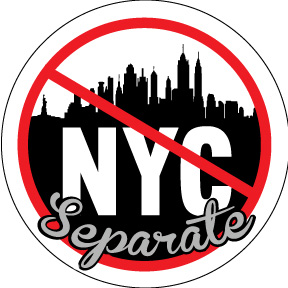Times Union
Published Thursday, November 14, 2013
THE ISSUE:
New Yorkers can’t know how many assault weapons have been registered through the NY SAFE Act.
THE STAKES:
Secrecy of this sort in government thwarts credible policymaking and public understanding.
Want to know how many horses have died at New York racetracks this year? One hundred and seven, according to the state Gaming Commission. Want to know how many wind projects have been withdrawn of the 43 existing or proposed since 2004? Eleven, according to the Public Service Commission.
Want to know how many assault weapons have been registered in advance of the April deadline set by the NY SAFE Act? Too bad. Can’t tell you, say the State Police, citing a secrecy clause scripted into the law hastily passed earlier this year.
The law requires assault weapon owners to register their firearms to make it easier for law enforcement to keep tabs on such weaponry. But, in granting a wholesale exemption from the Freedom of Information Law, the Legislature and Gov. Andrew Cuomo have made it nearly impossible for anyone to gauge whether the SAFE Act is working.
Not that anyone should be surprised, given the overall shroud of secrecy that clouds the ultimate good that could be achieved through this law — like reducing the numbers of semiautomatic weapons and high-capacity magazines, strengthening background checks and increasing efforts to keep weapons out of the wrong people’s hands.
But if citizens can’t know even how many assault weapons exist in the state, how can either gun control advocates or opponents effectively participate in the policy conversation going forward? We recognize the concern some have that giving out detailed information on permit holders could give criminals a road map showing where to find assault weapons. But there is simply no excuse for secrecy when it comes to basic statistics, such as the total number of weapons in various towns and counties.
Withholding this kind of information wouldn’t pass muster under the exemptions in the state’s Freedom of Information Act, such as violating privacy or interfering with an active law enforcement probe. In fact, this type of information helps the public.
Earlier this year, for example, the New York Racing Association announced creation of an equine veterinary medical director and took other steps aimed at preventing breakdowns — all spurred by disclosure of horse death totals. Knowing how many wind projects have made it, or not, clearly informed the conversation last month when Richard Kauffman, Gov. Andrew Cuomo’s energy czar, told attendees at the Center for Economic Growth’s high-tech infrastructure summit in Colonie that we must change our thinking and strategies if we expect renewable energy to grow.
It’s quite likely the SAFE Act will come up for tweaking in the 2014 session. If lawmakers and the public are to know what they’re talking about, they need access to this information. We’ve seen quite enough legislation produced by ignorance, thank you.
To comment: tuletters@timesunion.com or at http://blog.timesunion.com/opinion
